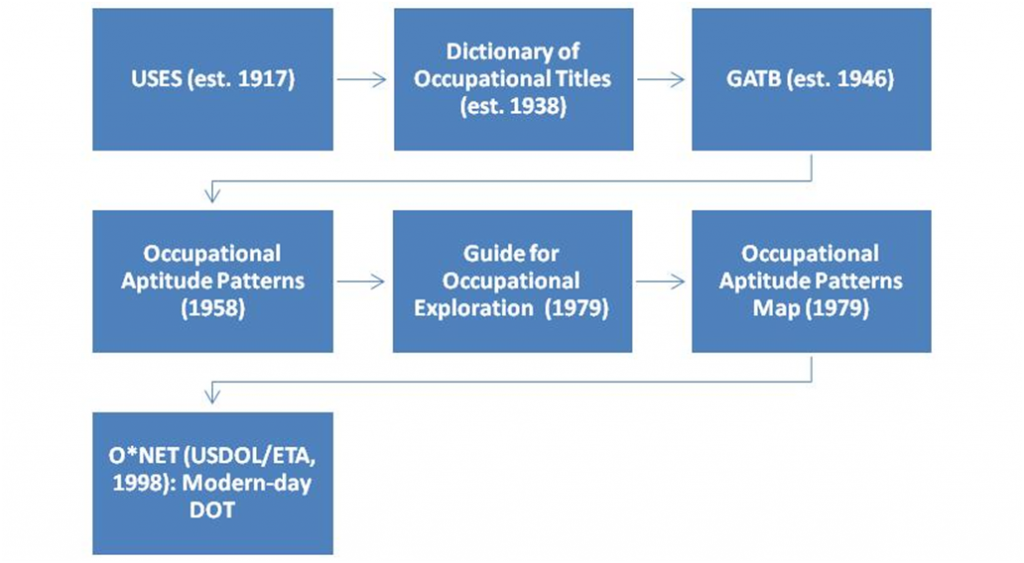The power of aptitudes is that when properly used they can provide information about how we may prefer to engage with different types of environments. Understanding who we are, how we learn, and how we can contribute in different settings can help us navigate or make decisions within quickly changing environments.
Part of our mission at The Ball Foundation is to expand awareness and access to what we feel is vital information that could help people and organizations with decision-making about work and other important performance areas. We recognize that aptitudes are necessary, but not sufficient, predictors of success and satisfaction in various performance environments. Motivation and Opportunity are essential to consider as well.
Aptitude information has a number of different applications. Because of the complexities and variety of settings, too few people have had the advantage of learning and using this information.
Among the reasons that aptitudes have remained relatively inaccessible to the public at large is that aptitude science is not a unified field. Specifically:
- Aptitude science has its early roots in military recruit selection and classification
- Aptitude testing has traditionally been used more on the employer side for selection purposes to determine basic aptitudes needed to perform at specified levels of competency and speed, instead of the individual’s side for career exploration and choice,
- The published work done on and related to aptitudes has largely been conducted and disseminated within the world of academia, and thus may not be as readily available,
- Because aptitude tests are timed and depend on some standardization, their delivery is more time and condition sensitive. Additionally, due to the complexities of using the results, a good understanding of the measures, norms, and relationship to performance environments being explored is vital. This is more complicated than a self-report survey.
We provide below a brief “birds-eye” view of the history behind the science and measurement of aptitudes. For a more in-depth examination of this long and expansive body of work, we recommend Dubois (1970) and Carroll (1993) as excellent resources.
History
Conceptual Frameworks
Taken together, the abilities that have been consistently identified across studies and that tend to appear on most multi-aptitude test batteries today are generally reflective of Thurstone’s Primary Mental Abilities, or PMAs (featured in the sidebar).
